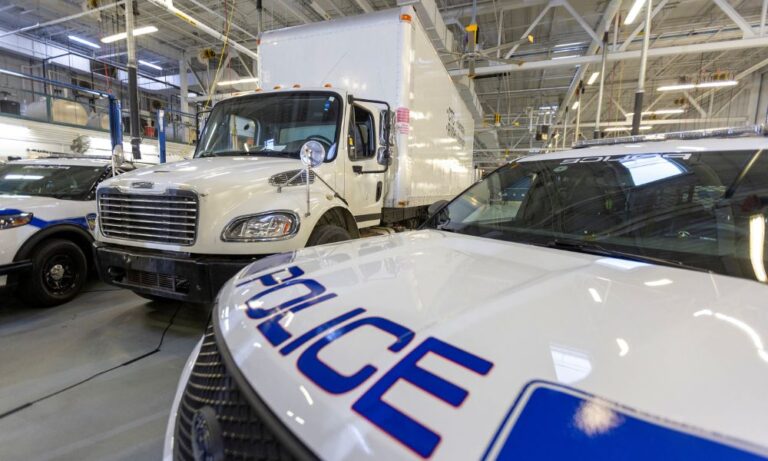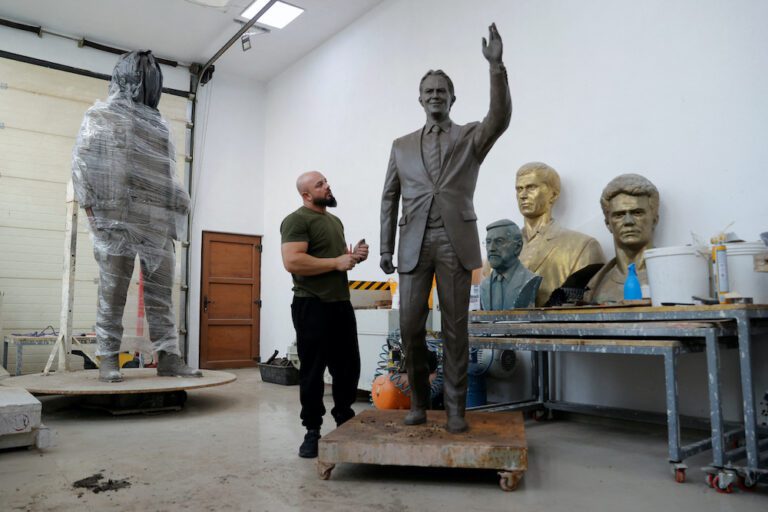Toxic smog has blanketed Delhi after several days of Diwali revelry and firecracker burning pushed the city’s air quality to alarming highs.
New Delhi, the Indian capital, and its surrounding state of Delhi rank among the world’s worst places for foul air, according to the World Health Organisation.
During Diwali, the most important Hindu festival celebrating the victory of good over evil, pollution peaks as a toxic cocktail of noxious gases and pollutants hangs in the air due to humidity, low temperatures and lack of wind. The Delhi High Court described the region as a “gas chamber” last year.
Today, people posted photographs of smog-covered lights with accompanying texts complaining of “zero visibility”. Many said the air smelt of charred firecrackers and that it was difficult to breathe.
On Twitter, people could not stop talking about the “airpocalypse”.
Air pollution is classified as severe if it is between 401 and 500 on an internationally accepted scale. In south Delhi the index read 492 and in west Delhi it was 500.
The pollution monitoring agency advises people to avoid all outdoor physical activity when air quality is rated like this. People with heart or lung diseases, older adults, and children are advised to remain indoors and keep activity levels low.
China declares a ‘red alert’ if air quality plunges to this level. If the levels continue for three consecutive days, it shuts schools and offices, closes industries and power plants and rations vehicles allowed on the roads.
Delhi, a sprawling region of 20 million people, has been struggling to clean its air that contains a poisonous cocktail of dust, smoke and gases from vehicle, factory exhausts and coal-fired power stations.
Experts had warned that pollution during this year’s Diwali was expected to be worse than the last two years because of the weather factors.
The condition worsens every autumn and winter as the city, buffeted by farmers burning crop stalks in neighbouring states and atmospheric changes.
Delhi has tried to clean its air. It has barred cargo trucks from city streets, required drivers to buy newer cars that meet higher emissions standards and carried out several weeks of experimental traffic control, limiting the number of cars on the road.
But other pollution sources including construction dust and cooking fires fuelled by wood or kerosene continue unabated.
Last week the city launched a smartphone app called “Change the Air” inviting residents to send photos and complaints of illegal pollution, from burning leaves and garbage in public parks to construction crews working without dust control measures.
Meanwhile a report from UNICEF today says most of the 2 billion children in the world who are breathing toxic air live in north India and neighbouring countries. It puts 620 million of them in South Asia.
Another 520 million children are breathing toxic air in Africa, and 450 million in East Asia, mainly China.
Children face much higher health risks from air pollution than adults. Children breathe twice as quickly, taking in more air in relation to their weight, while their brains and immune systems are still developing and vulnerable.
Some 600,000 children under 5 die every year from air pollution-related disease, UNICEF executive director Anthony Lake said.







